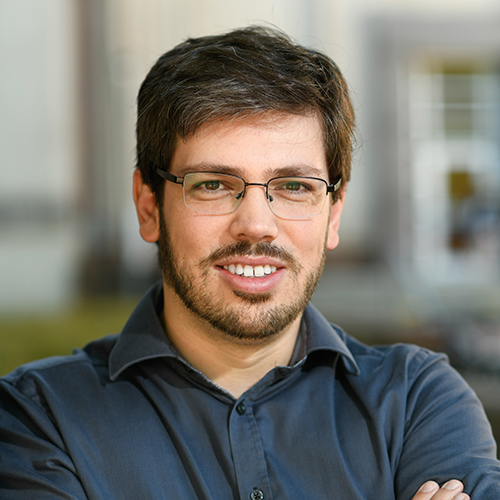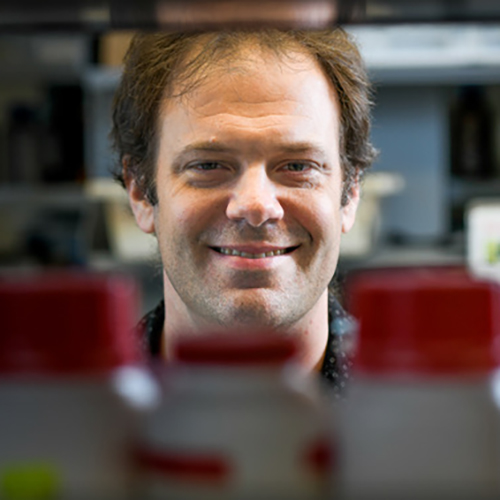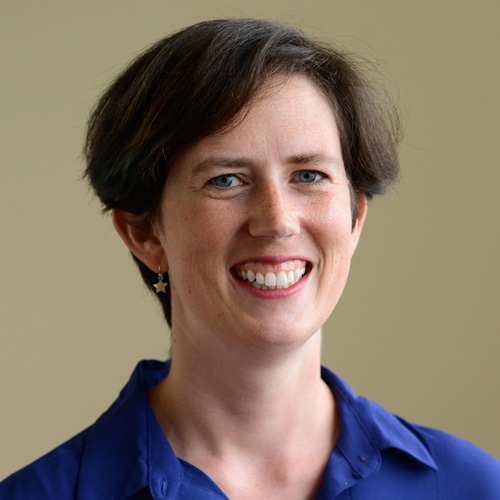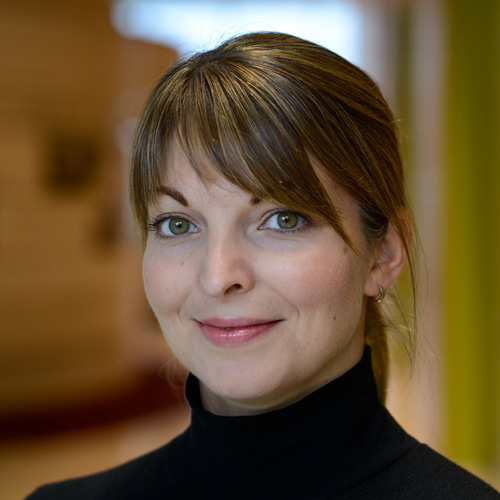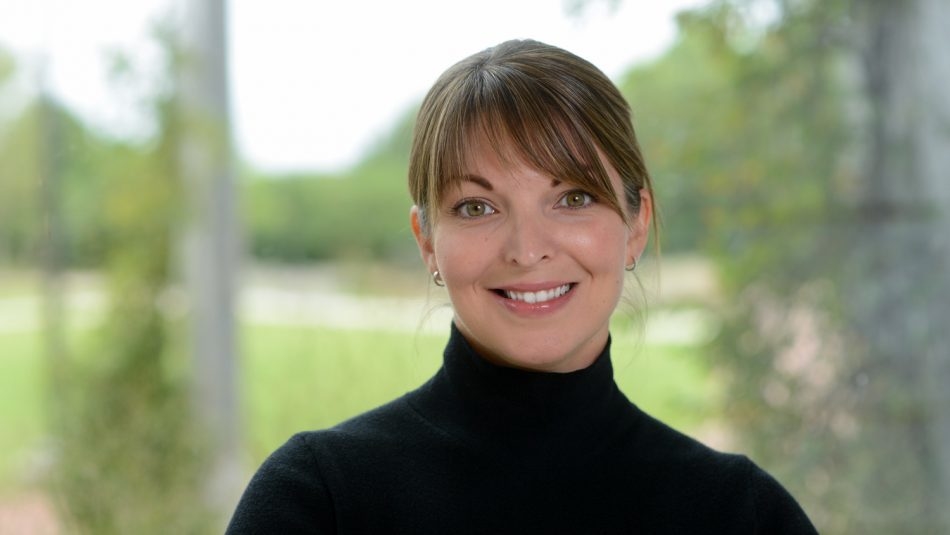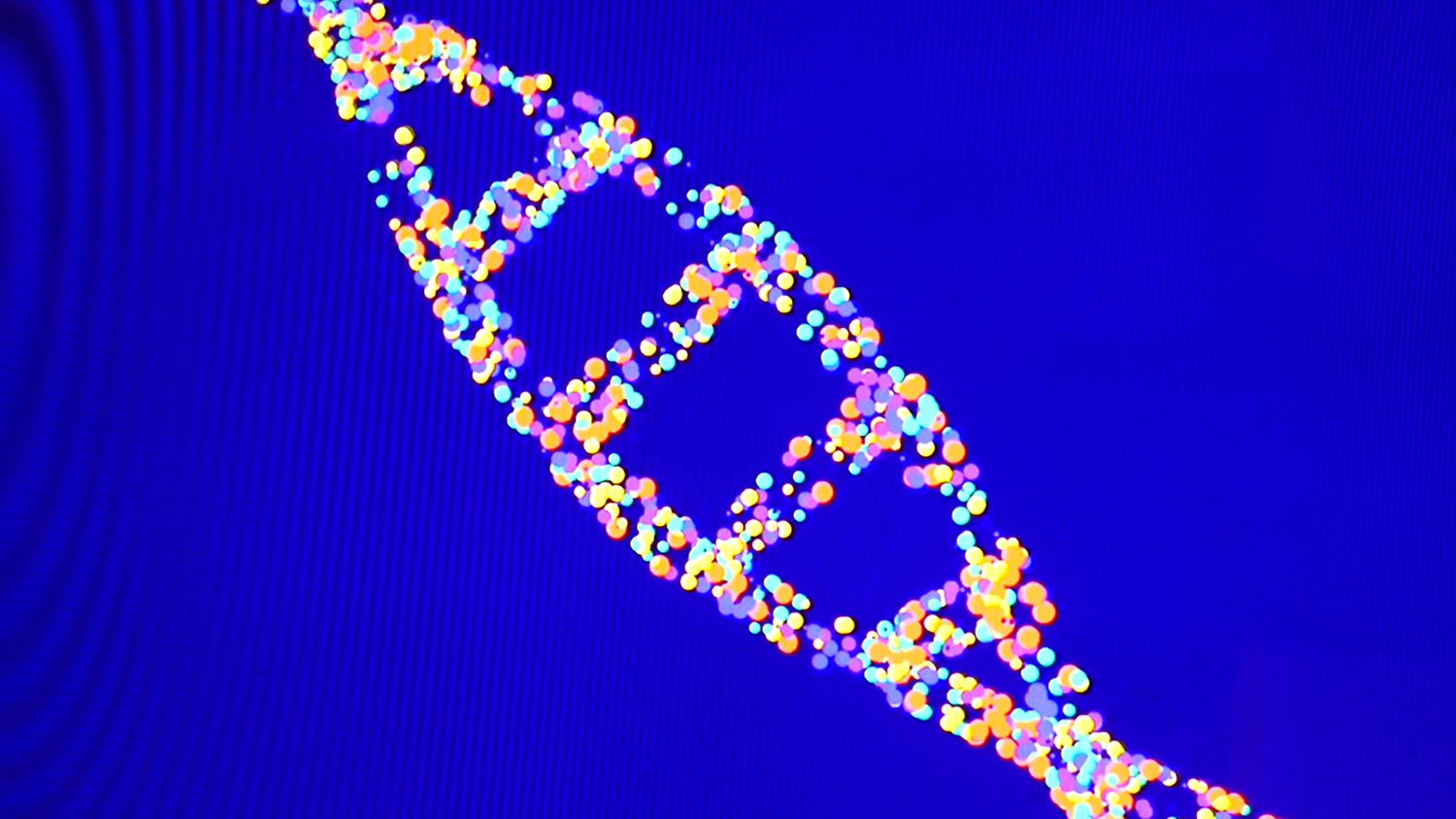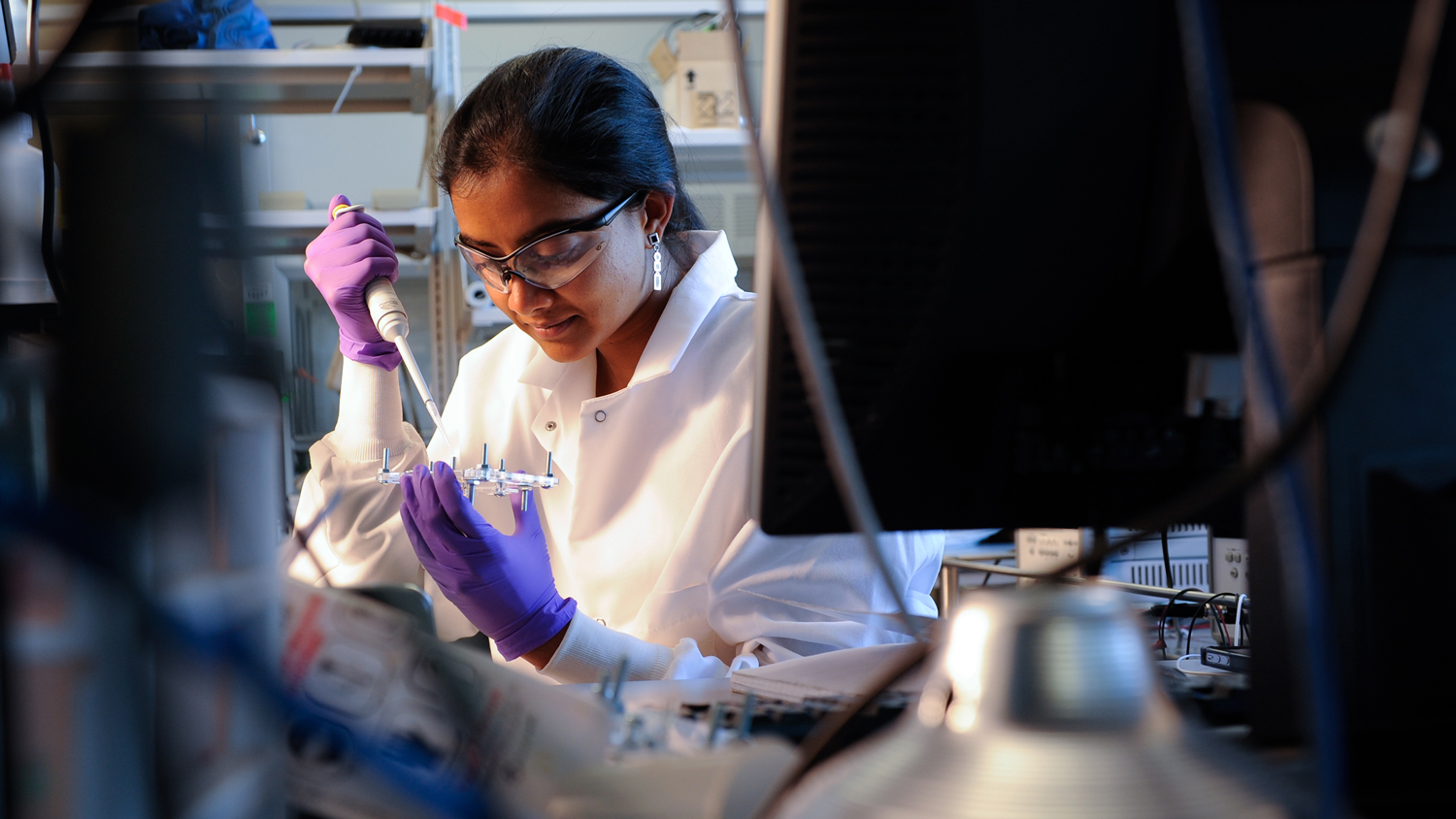
Modeling the Living Embryo
Our research applies precision measurements of molecular, cellular and tissue dynamics in living embryos, along with computer simulation and modeling, to understand the development, growth and diversification of plants and animals.
About
Cluster Type
Cluster Coordinator
Cluster Colleges
We address fundamental questions in animal and plant development through interdisciplinary collaborations between biologists, physicists, mathematicians, engineers and other researchers. The cluster also facilitates training in quantitative and computational approaches to cellular and developmental biology research, and promotes awareness of the cutting edge science and scientists in this emerging field.
We are currently recruiting candidates who use quantitative and/or computational approaches to solve outstanding problems in cell and developmental biology.
Seminar Series
Social and Scholarly Media
- Follow us on Twitter by using the hashtag
#NCStateQCDB. - For an overview of publications from the QCDB cluster check out our joint Google Scholar profile.
**Note: The Quantitative and Computational Developmental Biology cluster maintains a listserv that anyone at NC State can join. To join the listserv and keep up with the latest information on QCDB research, teaching and other relevant updates, email nebuchle@ncsu.edu.
Impact
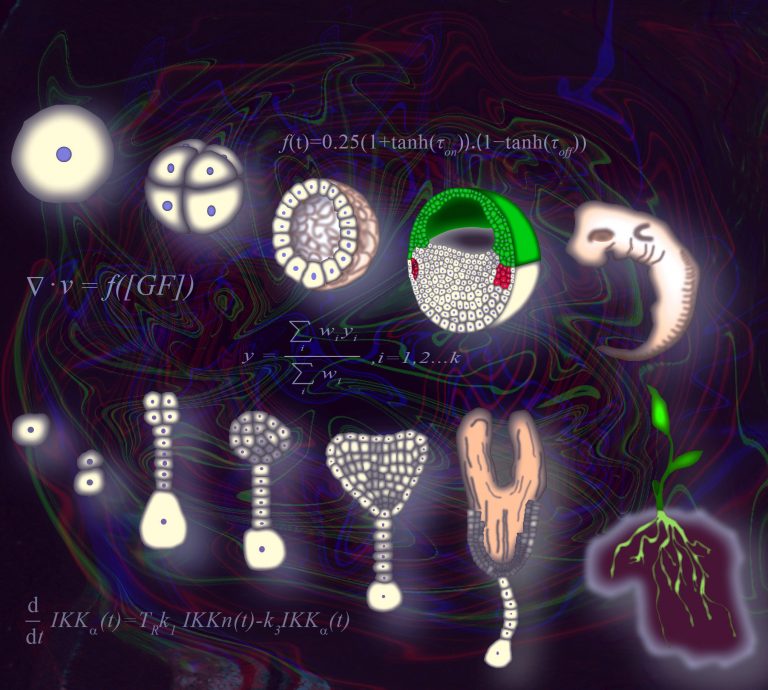
Various stages of development of diverse animal and plant embryos are depicted against a background of quantitative and computational descriptions.
Developmental biological research has revealed the causes of birth defects as well as adult onset diseases and cancer, spawned the field of stem cell biology and regenerative medicine, informed efforts to engineer artificial tissues, and illuminated the basis of crop yield, quality, plasticity and stress responses in plants.
Such research has had far reaching biomedical, socio-economic and policy implications, and is critical for plant-based food, feed, fiber and fuel production.
Although the field has made great progress, new experimental and analytical approaches are necessary to fully understand the transition from egg to embryo, and seed to plant.
With our strengths in cell biology, morphogenesis, engineering, and quantitative and computational sciences, our cluster is setting new standards in Quantitative and Computational Developmental Biology.
History
Faculty across NC State University share a common goal of applying quantitative and computational methods to understand complex problems relevant to animal and plant development. In 2015, 49 investigators across 16 departments in the Colleges of Veterinary Medicine, Sciences, Engineering, and Agriculture and Life Sciences joined forces to begin to recruit additional colleagues with exciting new expertise and perspectives in this area.
Our overall goal is to build a dynamic group of interdisciplinary researchers who address important questions in developmental biology through combinations of cutting-edge experimental, quantitative and computational approaches.
For more information, please see https://qcdb.ncsu.edu/.
